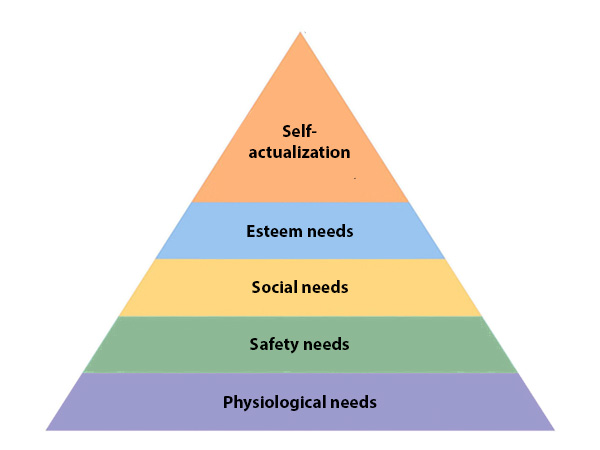Leadership is a process of influencing the behavior of people at work towards the achievement of specified goal. The following elements must be present in the leadership: It is the process of influence; The influence is always for achievement of common goal; There must be minimum two or more persons present; influencing your own behavior is not leadership. The influence should be to get the willing co-operation of the employees and not the forceful co-operation. Most Important Leadership Qualities A person must possess the following qualities to be a good and effective leader. Physical qualities. Good physical features attract people. Physical features like height, weight, health and looks of person attract and individual. Healthy and smart leader can him also work hard and he can induce his subordinates also to work hard. Knowledge, Intelligence and Scholarship. A leader must be able to examine every problem in the right perspective orContinue reading
Principles of Management
Management Control Process
Controlling function of management can be defined as comparison of actual performance with the planned performance. If there is any difference or deviation then finding the reasons for such difference and taking corrective measures or action to stop those reasons so that future thee is match between actual and planned performance. The meaning of controlling makes it clear that controlling function is undertaken for right and timely implementation of plans. Steps Involved in the Management Control Process Management control process is the continuous and ongoing dynamic process of monitoring performance and taking action to ensure desired results. 1. Setting Up of (target) Standards Standards mean target or the yardstick against which the actual performance is measured. The standards must be achievable, high or very high standards which cannot be achieved are of no use. Standards must be set up keeping in mind the resources of the organization and as farContinue reading
The Control Function of Management
Control means, “Some sort of systematic effort to compare current performance to a predetermined plan of objective, presumably in order to take any remedial action required”. This is a very general definition of the term. However, as a management function, it has been defined as “the process by which managers assure that resources are obtained and used effectively and efficiently in the accomplishment of the organization’s goals”. Controlling is tool for achieving organizational goals and activities. Control is management’s planning, implementation, evaluation, and correction of performance to ensure that the organization meets its objectives in the short, medium and long terms. According to Henry Fayol, ‘Control of an undertaking consists of seeing that everything is being carried out in accordance with the plan which has been adopted, the orders which have been given, and the principles which have been laid down. Its object is to point out mistakes in orderContinue reading
Leadership vs. Management: Understanding the Differences
The difference between leader and manager can be summarized this way: “When you are a leader, you work from the heart. As a manager, you work from the head.” Although it is probably more complex than that, the point to remember is the difference between what you do as a leader and what you do as a manager-and the constant need to be able to do both. Furthermore, the head and heart need to be partners, not independent operators. A manager focuses attention on efficiency, effectiveness, and making sure the right things happen at the right time. For instance: You are in a manager role when you set performance objectives with staff, prepare budgets, review cash flow projections, develop action plans, and evaluate programs or fund raising strategies or any other aspect of the company. Managing may also include doing hundreds of other tasks that require focused and logical attentionContinue reading
Compare and Contrast Maslow’s Theory of Needs with Vroom’s Expectancy Theory
Motivation is an intangible human asset which acts as a driver that pushes humans to be willing to perform certain actions. In just about everything we do there is something that moves us to perform the action which involves some motivation allowing us to perform tasks or actions which produces some type of personal benefit as a result. The general theory would be that, the greater the personal gain in performing the task for the individual, the more motivated they are to try at the task to achieve the best outcome. Motivation is usually stimulated by a want where there is a gain to be had as a result of performing a certain task. A person is a wanting being – he always wants, and he wants more. Therefore if there is nothing that an individual wants, there would be no need for them to perform a certain task asContinue reading
Employee Selection Process
There is no hard and fast rule regarding the steps involved in the process of selection. The number of selection steps depends upon many factors like the size of the organization, level of job, nature of job, philosophy of management, availability of time, number of applicants, etc. Some organizations follow a long chain of steps, eliminating unsuitable candidates at every step, finally left with the candidates who are to be employed on the other hand, some organizations select their employees just in one go through ‘Walk-in-interviews’. Large organizations, usually consider the following steps in the employee selection process: 1. Application Blank An application blank is a columnar Performa which constrains information like address, physical characteristics, educational qualifications, experience, necessary personal information, references, etc. On the basis of information collected from the application blank, should be simple and should not contain unnecessary questions. 2. Preliminary Interview This interview is a briefContinue reading




